Try out some of our favorite recipes featuring fresh ingredients grown throughout the Heartland! Join our cooking expert and host on dozens of new culinary adventures in Farm to Fork with Sharon Profis
Seasonal Recipes

Cheddar & Chive Biscuits
Cheddar & Chive Biscuits

Lemon Raspberry Cheesecake Cups
Lemon Raspberry Cheesecake Cups

Chicken Skewers with Minty Walnut Pesto
Chicken Skewers with Minty Walnut Pesto
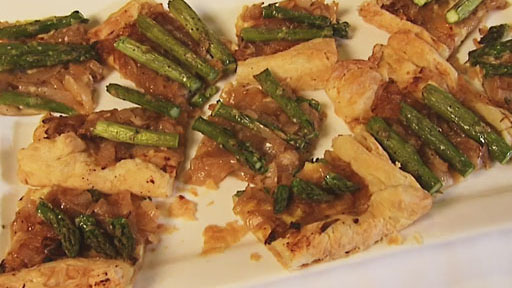
Caramelized Onion & Asparagus Tart
Caramelized Onion & Asparagus Tart
Heartland Recipes

Main Dishes

Sides and Appetizers
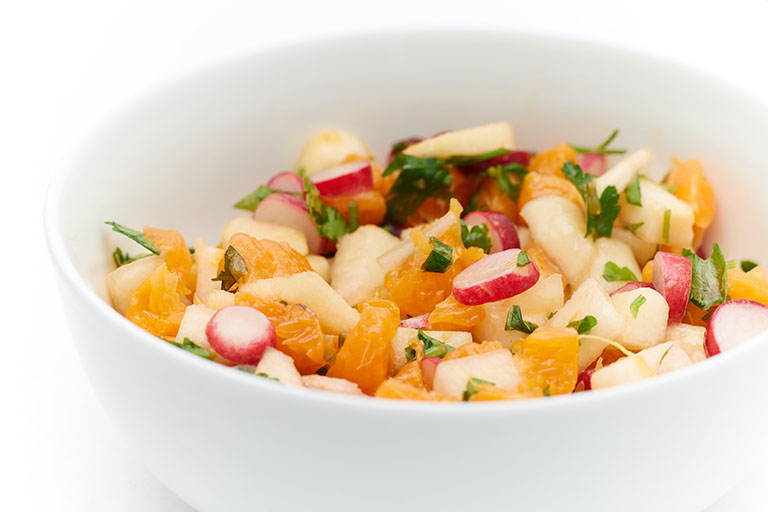
Soups and Salads

Desserts and Drinks
Recently Added Recipes

White Bean & Beef Stew
White Bean & Beef Stew
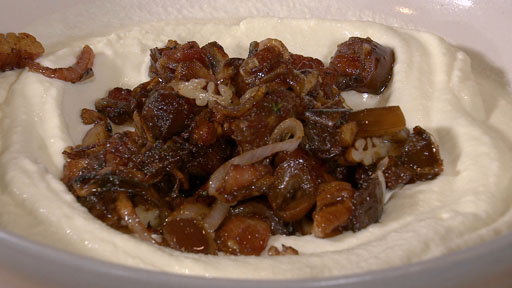
Whipped Goat Cheese with Dates
Whipped Goat Cheese with Dates
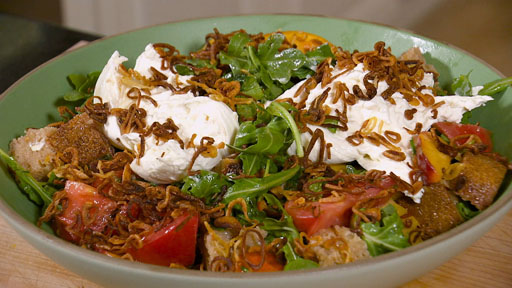
Tomato & Peach Panzanella Salad
Tomato & Peach Panzanella Salad
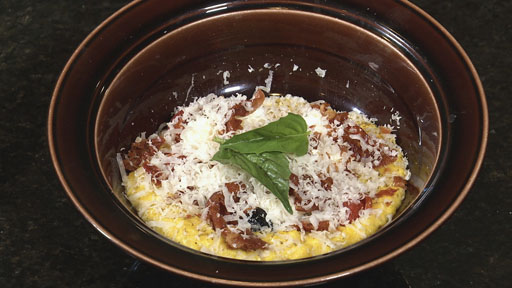
Sweet Corn Polenta with Crispy Prosciutto
Sweet Corn Polenta with Crispy Prosciutto
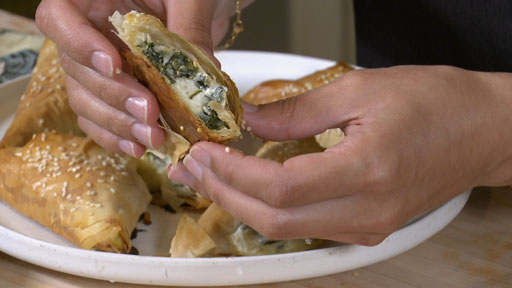
Spanakopita with Tzatziki
Spanakopita with Tzatziki
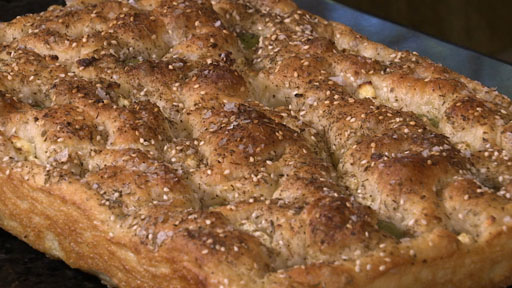
Olive & Goat Cheese Focaccia
Olive & Goat Cheese Focaccia
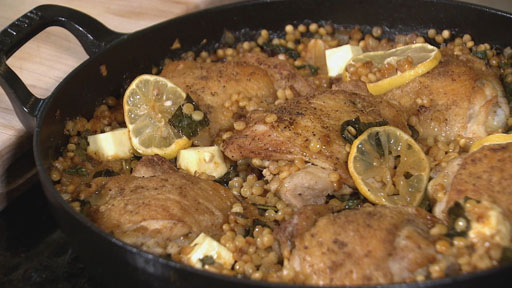
Lemon Couscous Chicken
Lemon Couscous Chicken
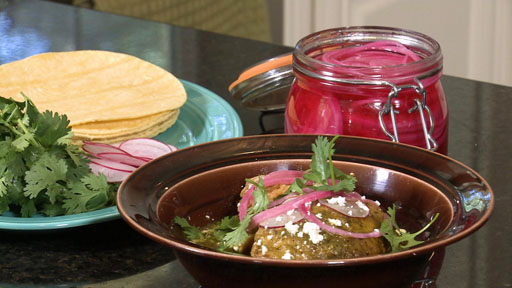
Salsa Verde Braised Chicken
Salsa Verde Braised Chicken